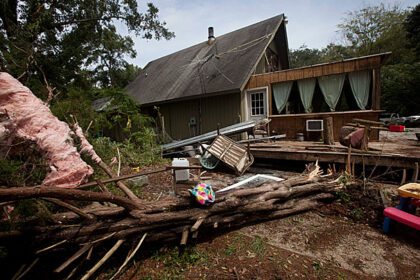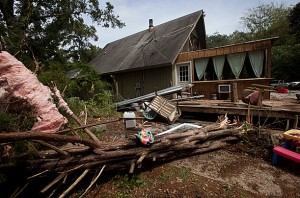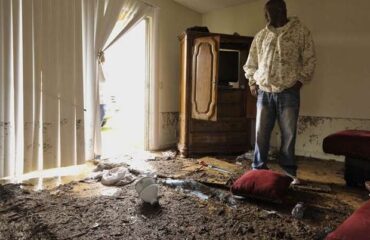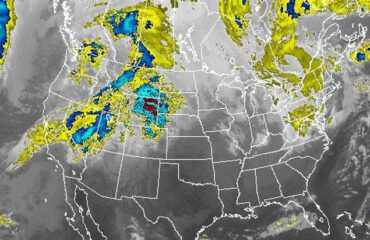
 (BLOOMSBURG, Pa.) — Northern stretches of the swollen Susquehanna River began receding Friday after days of rainfall from the remnants of Tropical Storm Lee flooded communities from Virginia to New York, leading to evacuation orders for nearly 100,000 people.
(BLOOMSBURG, Pa.) — Northern stretches of the swollen Susquehanna River began receding Friday after days of rainfall from the remnants of Tropical Storm Lee flooded communities from Virginia to New York, leading to evacuation orders for nearly 100,000 people.
The damage was concentrated along the Susquehanna in Binghamton, N.Y., in Wilkes-Barre, where more than 70,000 people were told to evacuate, and communities downstream in Maryland. The National Weather Service said the Susquehanna crested above 38 feet Thursday night in Wilkes-Barre — below the top of the levee system and under the levels reached after historic flooding spawned by Hurricane Agnes in 1972. “They did what was right for them, the people down there,” said Tom Vaxmonsky, a resident of West Pittson, just upstream from Wilkes-Barre. “But it’s like everything else, for every action there’s a reaction. And the reaction is that we got a lot more water than we did in ’72 with the Agnes flood.”
As flood waters that inundated the city of Birmingham, which the mayor called the worst in more than 60 years, and surrounding communities began subsiding, the first of the 20,000 evacuees began returning to their homes.
Robert Smith, 35, made it back around noon to his home in a struggling section of Binghamton. Mud and debris covered pavement, and water still blocked streets closest to the river. But he felt inspired by the time he spent in a shelter; when a woman collapsed on the floor there, he said, strangers rushed to tend to her. “Everybody was helping each other out, just total strangers,” he said. “You’ve never seen it before in your life.”
The flooding was fed by days of drenching rains from what had been Tropical Storm Lee, and followed a little more than a week the dousing that Hurricane Irene gave the East Coast. In some areas of Pennsylvania, the rainfall totals hit 9 inches or more, on top of what was already a relatively wet summer.
Authorities in Pennsylvania closed countless roads, including some heavily traveled interstates, and evacuation shelters opened to serve the many displaced people.
The Susquehanna’s crest at Wilkes-Barre had been predicted for Friday, but a broken gauge prevented experts from determining the exact height of the water, weather service hydrologist Dave Ondrejik said.
President Barack Obama declared states of emergency in Pennsylvania and New York early Friday, clearing the way for federal aid.
Damage in parts of New Jersey that were inundated by Irene’s rainfall was less than feared. About 300 residents waited to return home after Lee’s remnants renewed flooding. Three houses were swept off their foundations by a mudslide, but no one was injured.
Rubinkam reported from Wilkes-Barre. Contributing to this report were Associated Press writers Michael Hill in Binghamton; Chris Carola in Albany,




